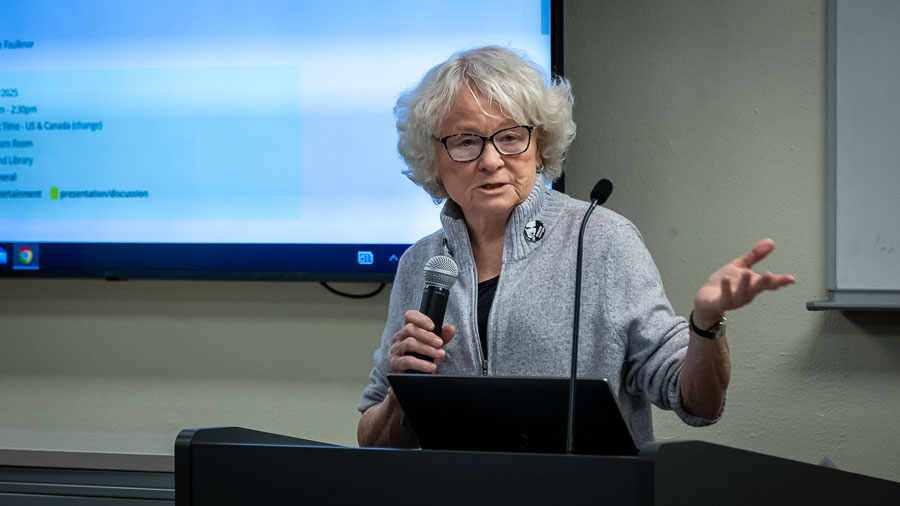OUR VIEW: Monument battle won, but opponents say fight isn’t over
Published 5:15 am Thursday, April 11, 2024

- OUR VIEW LOGO (NEW)
As environmental groups and nature lovers saw the storm clouds part after last month’s move by the United States Supreme Court to leave standing the expansion of the Cascade-Siskiyou National Monument, a faint roll of thunder could be heard in the distance.
As reported in The Capital Press, timber interests and other opponents have not thrown in the towel about eventually having the monument’s fate heard — and the expansion potentially overturned — in the nation’s high court.
The long-range strategy by legal and political representatives for Oregon and national timber interests indicates that should the justices ultimately entertain a case centered on the Antiquities Act — the 1906 law used by former presidents Clinton and Obama to create and expand the monument — a new lawsuit could follow over Cascade-Siskiyou.
Such a direction would create “a whole new basis to re-litigate these issues,” according to Mike Haglund, an attorney who represented Murphy Company of Eugene, one of the plaintiffs in the earlier cases.
The use of the Antiquities Act to create monuments is seen by those opposed to monument expansion as one of the quickest ways to satisfy the federal government’s “30 by 30” initiative, the goal of which is to have conservation measures cover 30% of U.S. lands by the year 2030.
Clark Judge, founder of the White House Writers Group political consultancy firm, told last week’s meeting of the American Forests Resources Council that the Supreme Court action was “not the end. It is just the beginning.”
Judge said the Cascade-Siskiyou case laid a foundation for the issue before the court, which could decide to take up the Antiquities Act as legal disputes over national monuments continue.
Such action, however, appears to be some time off — while an air of finality appears to have settled over the seven-year battle over Cascade-Siskiyou.
That sense of progress was reinforced this week when the U.S. Bureau of Land Management began surveying public opinion of its draft plan for managing the 113,507-acre tract.
After considering four options, the BLM decided to offer as its preferred alternative a plan that “promotes a moderate level of active management,” while detailing approaches to environmental protection, recreation and creating “areas of critical environmental concern.”
Conservationists and other interested parties will be studying the 618-page plan, which Dave Willis of the Soda Mountain Wilderness Council called a “relatively new and novel challenge for BLM’s long-standing, commodity-oriented custom and culture.”
Still, as the proposal is studied and discussed, it was hard for those who have been fighting for the monument declaration not to breathe a sigh of relief.
“A very long court battle is over,” Earthjustice attorney Kristen L. Boyles said following the Supreme Court’s decision, and “the monument stays a monument for everyone.”
Unless and until, that is, a new storm approaches.










